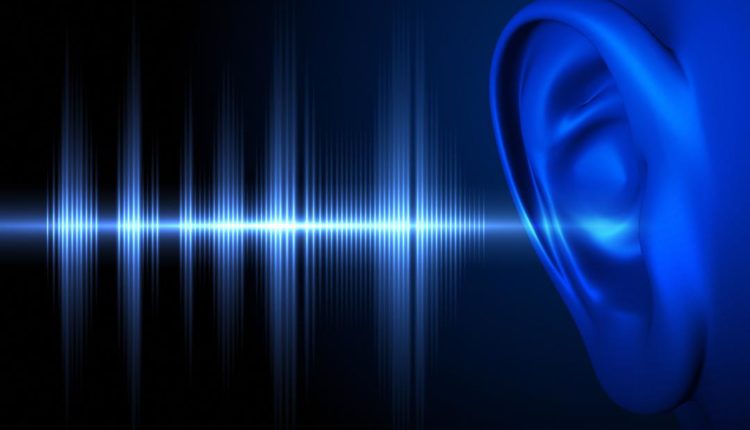
Scientists doubt alleged “sonic attacks”
WASHINGTON, DC – Since late 2016 until recently, staff of the U.S. embassy in Havana (including some who were reportedly part of the local CIA station / https://www.thenation.com/article/what-the-us-government-is-not-telling-you-about-those-sonic-attacks-in-cuba/) began to complain of a broad range of symptoms, including headaches, hearing loss, vertigo, insomnia, weakness, fatigue, memory problems, loss of concentration and others. They associated these symptoms to noises of uncertain description and origin, which were dubbed by the U.S. government as “sonic attacks,” a name that was enthusiastically adopted by the media. A few Canadian diplomats and some routine travelers to Cuba have also since been reported to have experienced similar symptoms.
Without any proof, the Trump administration alleged that Cuba was behind the “attacks,” although, in the face of growing evidence against such a theory, it has since traded the “attack” term for the accusation that Cuba has “failed to protect” U.S. diplomatic personnel. The Cuban government has vehemently denied it; and it is hard to imagine that Cuba would take such foolish steps to endanger the fragile gains of the change in Cuba policy under the Obama administration. In any event, the matter rapidly escalated to a confrontation between the two countries.
The U.S. unilaterally withdrew much of its personnel from the embassy in Havana, expelled most Cubans form their embassy in Washington, and later issued a travel alert warning of the “dangers” of travel to Cuba. These measures, along with other restrictions imposed by the Trump administration, have seriously damaged the modest improvement in relations implemented by the Obama administration, especially but not only the routine consular activities necessary for travel between the two countries.
The cause of these reported health complaints remained a mystery, at least apparently until the administration commissioned a study of the affected individuals by a group of experts based at the University of Pennsylvania (https://jamanetwork.com/journals/jama/article-abstract/2673168). Their high-profile study, published in March of this year in the prestigious Journal of the American Medical Association, alleged that the symptoms were neurological problems akin to mild concussions, without evidence of impacts or other brain injury, even postulating a possible new syndrome that required further research. They did not put forward an explanation for the cause or the mechanism of the reported health effects, and the report was accompanied by a commentary and an editorial that highlighted numerous shortcomings of its underlying science.
Most importantly, however, the study discounted the possibility that the health complaints could be explained as a mass psychogenic episode (an episode of psychological origin). These are events that occur when a group of closely related individuals under stress—as was the case of the U.S. embassy personnel—manifest a group of apparently unrelated symptoms of unknown cause, including those reported from Havana.
The term “mass hysteria” has also been commonly used to describe this phenomenon, but it is emotionally-charged and very misleading: it suggests that the individuals involved are “crazy” or are faking the symptoms. That is not the case. In true psychogenic episodes the symptoms experienced by the individuals are real, and they come about because of as yet poorly understood relationships between the brain and other body systems. It can happen to any of us.
But the story hardly ends there. As early as January of this year, Robert E. Bartholomew, PhD, an expert on psychogenic illnesses, forcefully challenged the congressional testimony of the State Department’s medical director, who rejected a psychological cause. Bartholomew, who described reading the testimony “in stunned disbelief,” elegantly described how the incident fit perfectly the characteristics of a mass psychogenic episode (https://www.psychologytoday.com/us/blog/its-catching/201801/sonic-attack-not-mass-hysteria-says-top-doc-hes-wrong). “If these same symptoms were reported among a group of factory workers….you would get a very different diagnosis, and there would be no consideration to a sonic weapon hypothesis.” Indeed, I have been witness to more than one such episode in industrial environments in my long career evaluating workplace health hazards.
And there is more.
In a letter to the Guardian in June of 2018, a group of 15 experts from the U.S., UK, Germany and Cuba wrote—in reference to the Pennsylvania study—that the “work is deeply flawed, and does nothing to support the attack theory.” (https://www.theguardian.com/world/2018/jun/01/cuba-sonic-attack-conspiracy-theories-and-flawed-science).
Two other experts, in yet another article (https://thepsychologist.bps.org.uk/volume-31/july-2018/neuropsychological-impairments-everybody-has) which was later published as a letter in the Journal of Neurology—showed that the method of analysis of the Pennsylvania study sponsored by the State Department used a “pseudo-scientific approach.” They concluded that “it is hard to understand how claims like this….could pass any meaningful peer-review process.” A critique as harsh as this is seldom seen in such a serious scientific journal.
And last but not least, ten scientists recently published four scathingly critical letters in the very Journal of the American Medical Association in which the results of the Pennsylvania study originally appeared (https://www.buzzfeednews.com/article/emilytamkin/jama-letters-criticism-sonic-attacks-study-pennsylvania). The scientists include those mentioned above, plus others from several countries and prestigious academic institutions. They point in their letters to the multiple scientific flaws of both the methods and conclusions of the Pennsylvania study, which are far too numerous to try to summarize here.
So where does this “mystery” stand today? For one, it seems certain that the Pennsylvania study was deeply flawed, and that psychogenic factors—if not the sole cause of the episode–certainly played an important part. But perhaps the best statement of where things stand can be found in the words of the group of fifteen scientists mentioned above, who also wrote that “we hope that sober and calmer heads will prevail in de-escalating this frenzy, avoiding a chill in both diplomatic relations and scientific collaboration between the U.S. and Cuba.” (https://www.theguardian.com/world/2018/jun/01/cuba-sonic-attack-conspiracy-theories-and-flawed-science).
Manuel R. Gómez, DrPH, MS, CIH has an undergraduate degree from Harvard in Biochemistry, a master’s in Environmental Health from Hunter College, and a doctorate in Public Health from Johns Hopkins. He has been an expert in occupational and environmental health for more than three decades, evaluating chemical and physical hazards on workplace environments.


